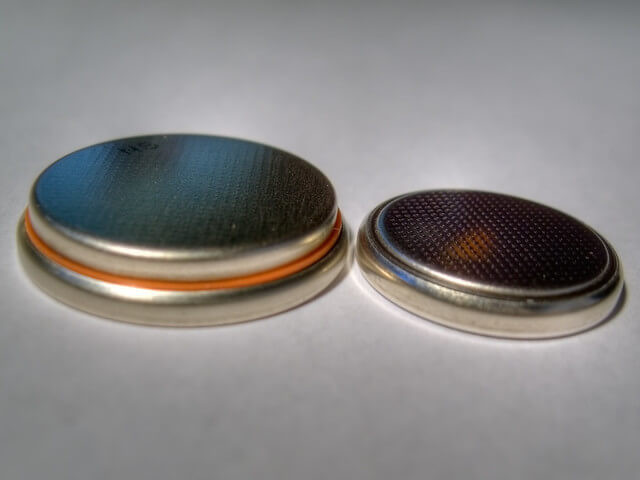Safer lithium battery with semi-liquid lithium metal-based anode
01-07-2019 | By Rob Coppinger
Electric vehicles and wearable devices could benefit from a safer, higher capacity lithium battery which uses a semi-liquid anode in combination with a garnet-based solid ceramic electrolyte.
Typical lithium batteries use a lithium foil as anode and use combustible liquid electrolytes. After many recharges, the electrodes’ surfaces can grow lithium dendrites, which are crystalline strands. These dendrites can pierce through the membrane that separates the electrodes, reaching the other electrode, shorting the battery. This in turn can lead to fire. Researchers from Carnegie Mellon University's Mellon College of Science and College of Engineering think they have a solution in placing lithium microparticles in another material, for safer lithium, electrolyte contact which does not create the conditions for dendrite growth. This lithium composite would also have a higher capacity.
"Incorporating a metallic lithium anode into lithium-ion batteries has the theoretical potential to create a battery with much more capacity than a battery with a graphite anode," said Carnegie Mellon University's J.C. Warner University Professor of Natural Sciences, Krzysztof Matyjaszewski. A graphite anode is what a typical lithium battery uses. He adds: “The most important thing we need to do is make sure that the battery we create is safe."

Two lithium battery cells used for motherboards. Credit: Razor512 from Flickr
Higher current density
The safer, higher capacity anode has lithium micro particles evenly distributed throughout a dual-conductive polymer, carbon composite matrix. This polymer carbon matrix is semi-liquid, it can flow, at room temperature. Matyjaszewski and his colleagues have cycled the semi-liquid anode with its garnet-based solid ceramic electrolyte at a current density that is 10 times higher than battery cells with a solid electrolyte and a traditional lithium foil anode. Their cell also had a much longer cycle-life than traditional ones.
The solid ceramic electrolyte is another solution to the problem of combustible liquid electrolytes. The ceramic electrolytes are highly conductive, non-combustible and resist dendrite growth, but the capacity is inadequate. According to the Carnegie Mellon University researchers, the contact between the ceramic electrolyte and its solid lithium anode is insufficient for storing and supplying the amount of power needed.
Because the semi-liquid anode, garnet electrolyte battery has a higher capacity than existing lithium cells, the Carnegie Mellon University researchers believe it can be used for electric vehicles and for energy storage systems for a country’s power network. The researchers also see uses for the semi-liquid anode in flexible batteries for wearables. This approach to battery design is also believed to have applications with sodium metal batteries and potassium metal batteries. Sodium metal batteries can be entirely liquid, with liquid electrodes and electrolyte. Potassium metal batteries can have a potassium electrolyte with graphite or composite electrodes. Sodium and potassium are far more plentiful in supply than lithium and would be a cheaper alternative.
The United States government’s National Institutes of Health and the National Science Foundation funded the work.
